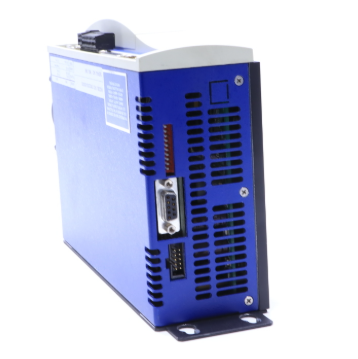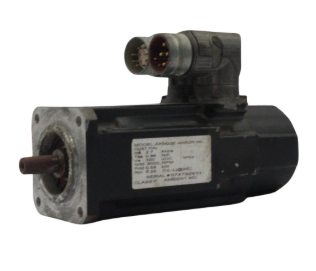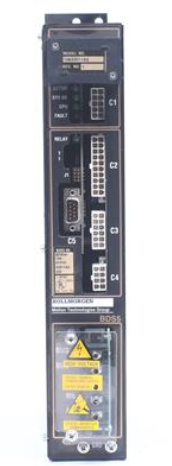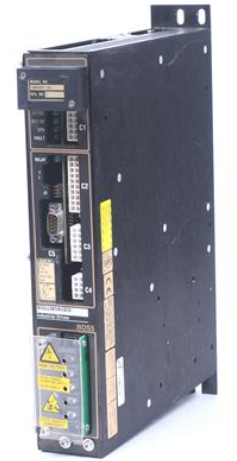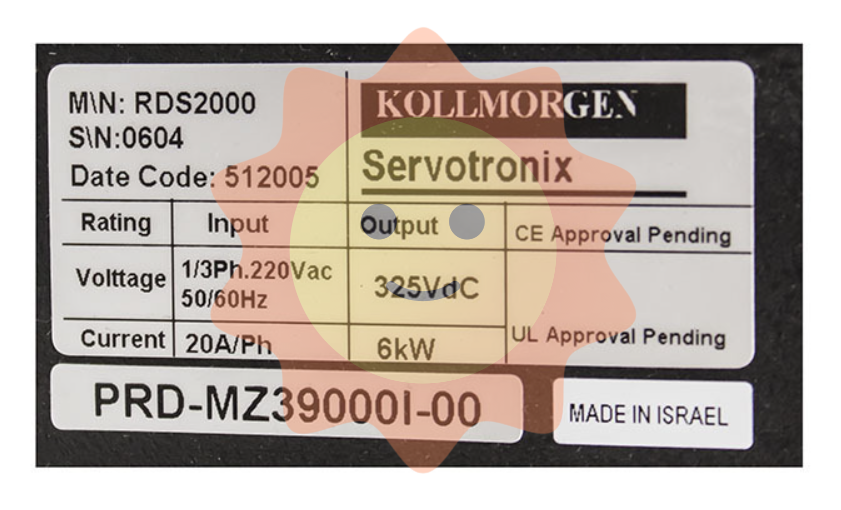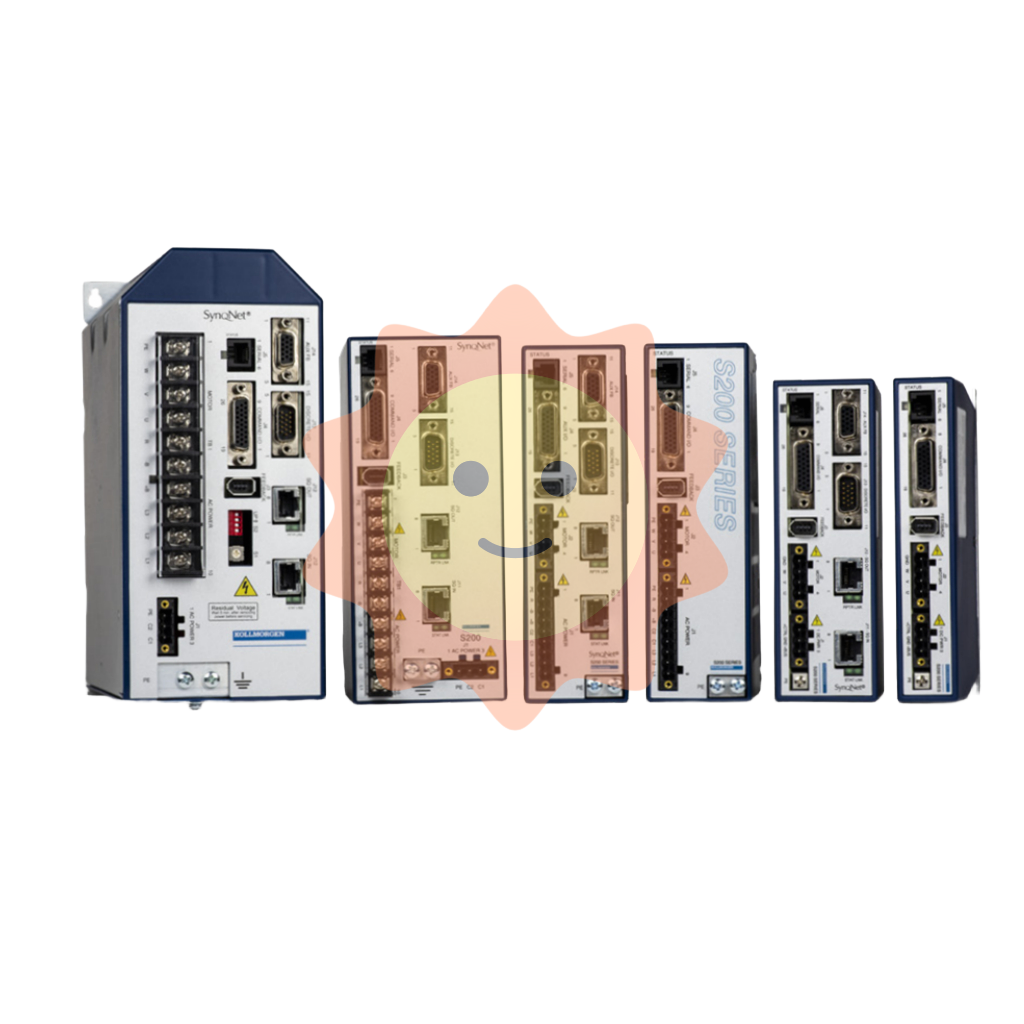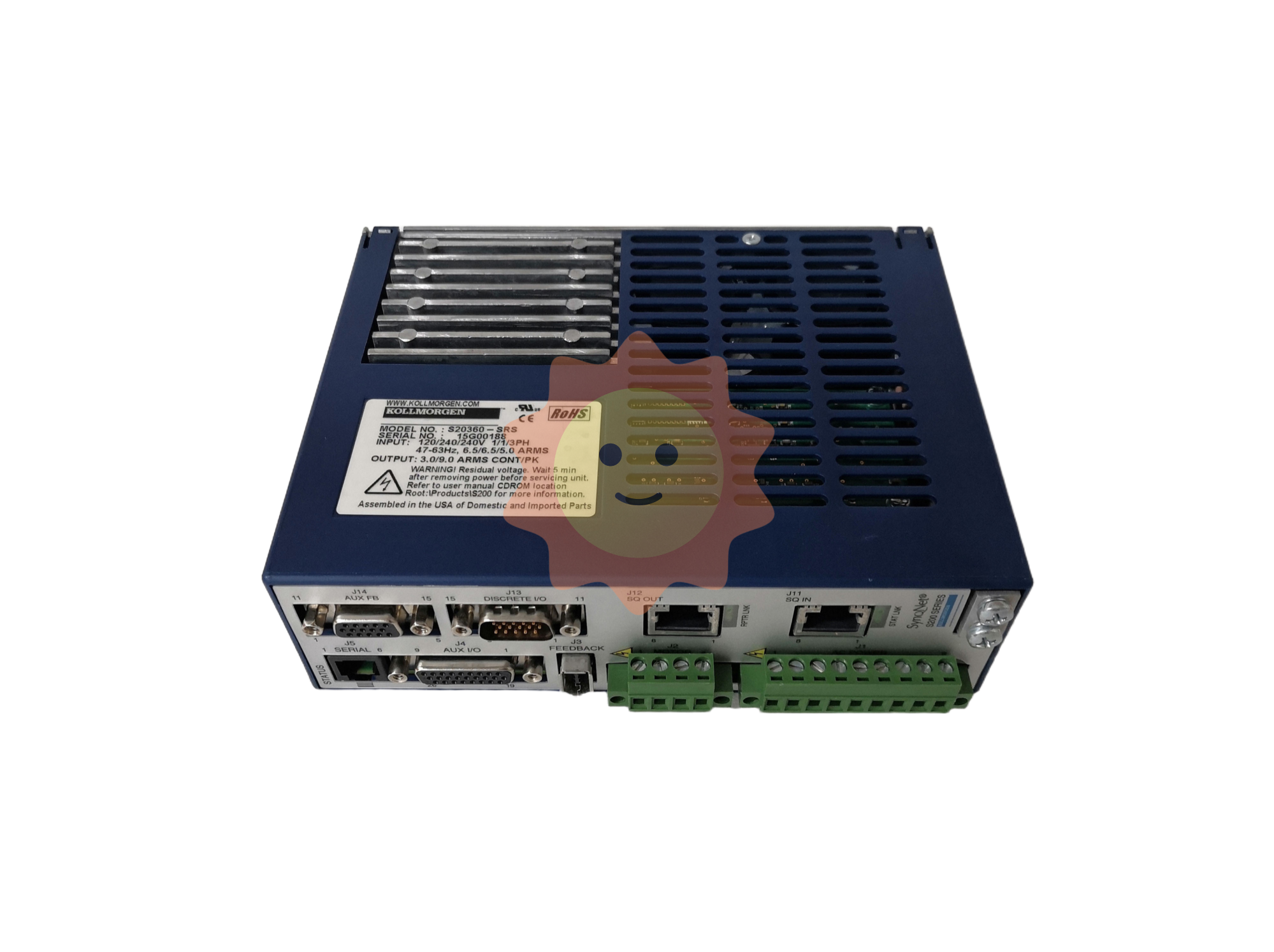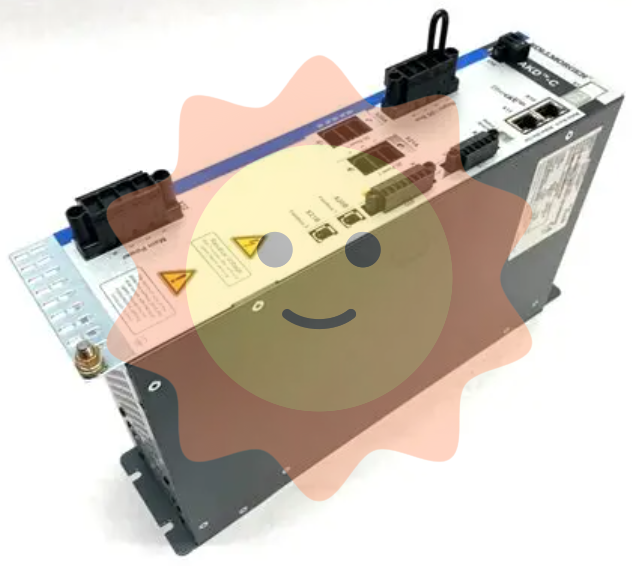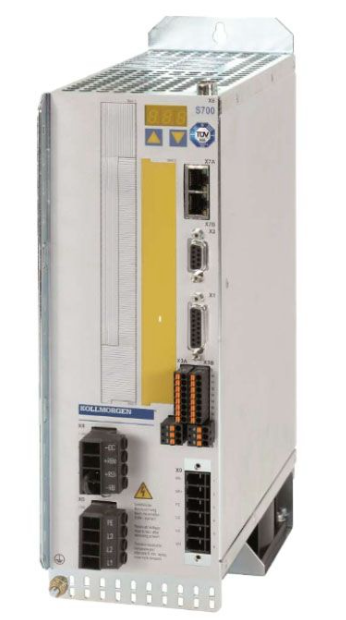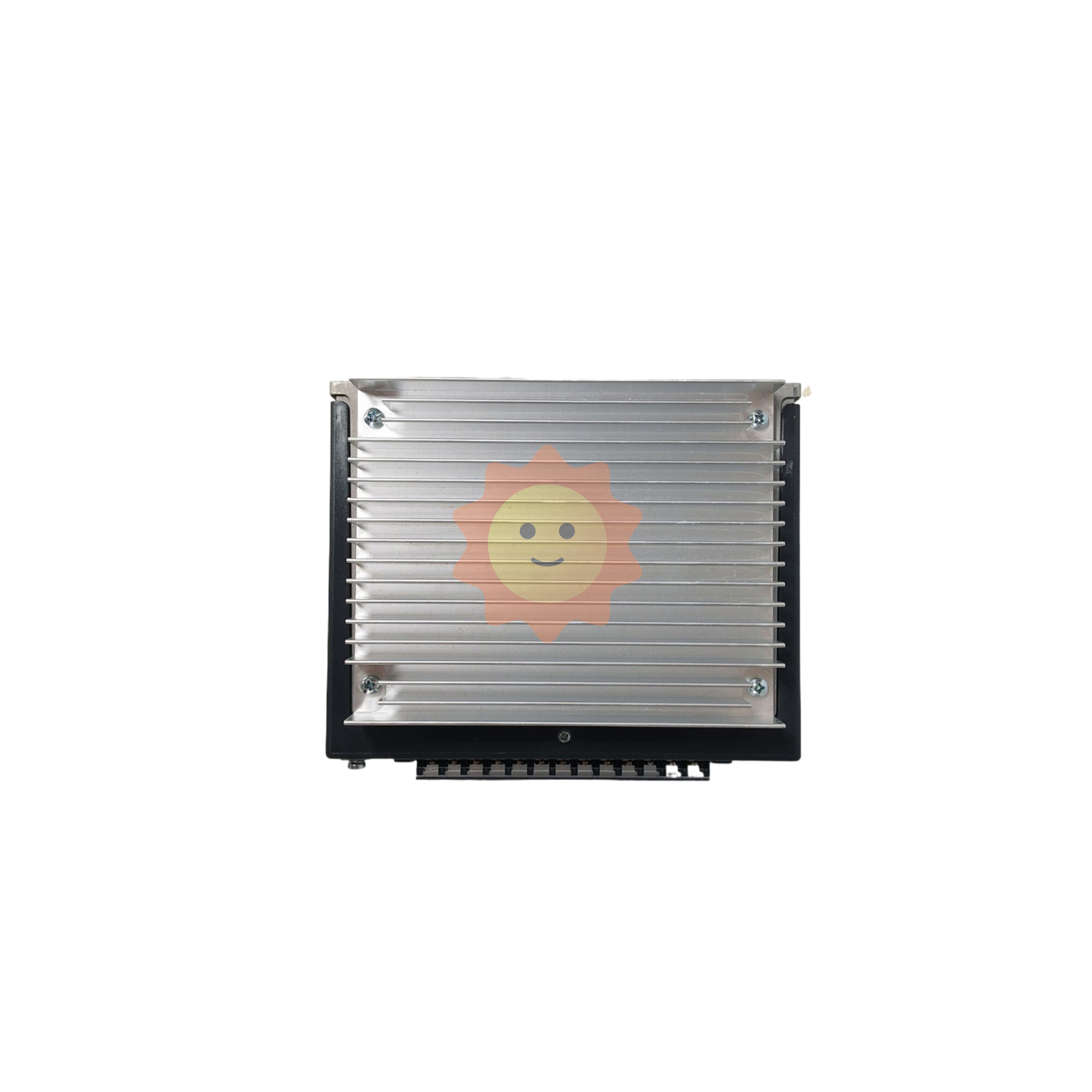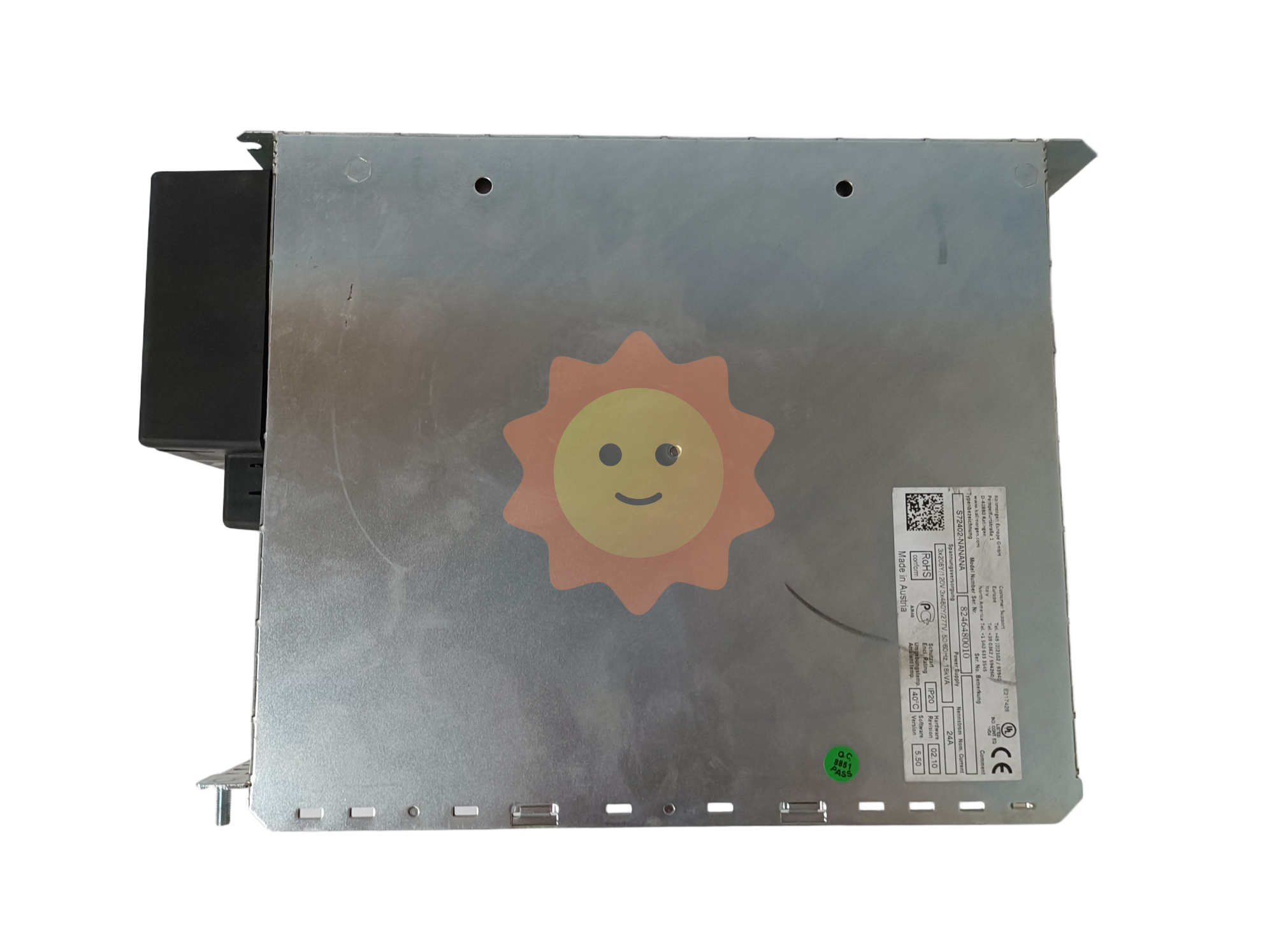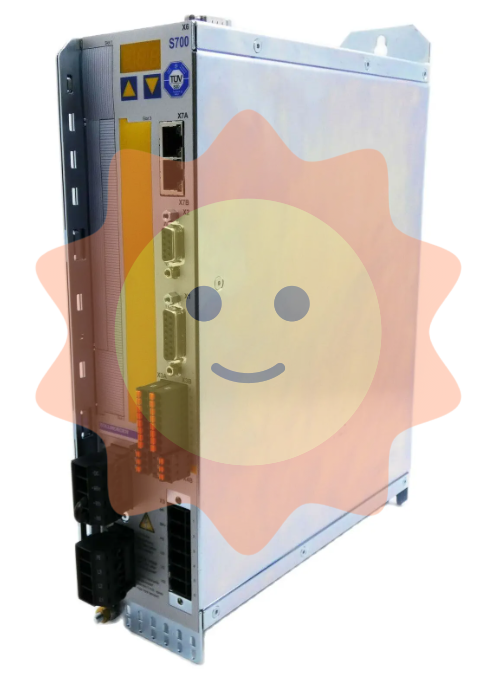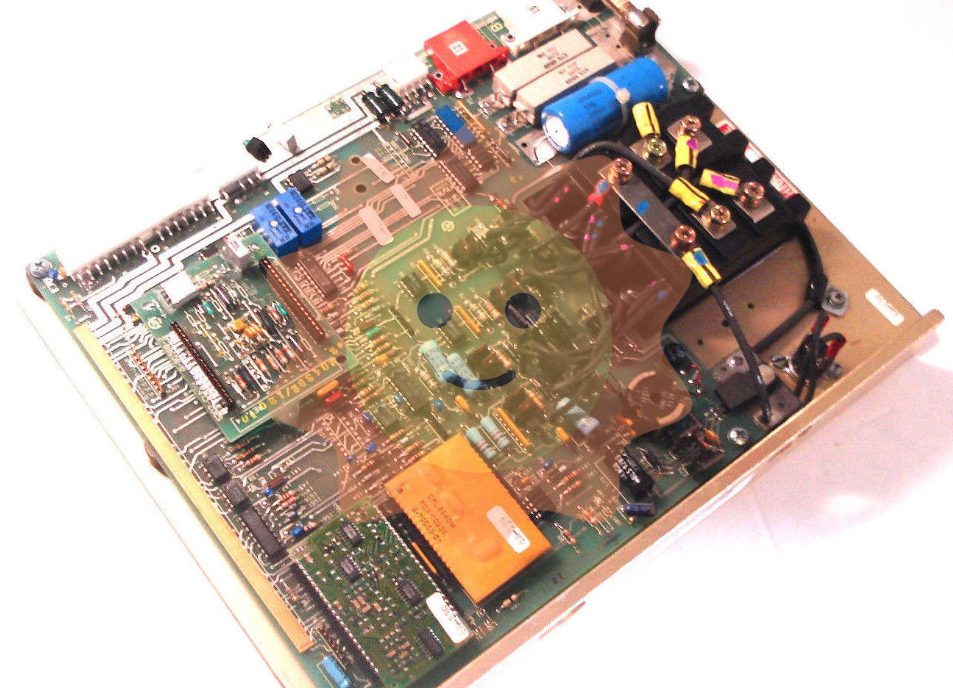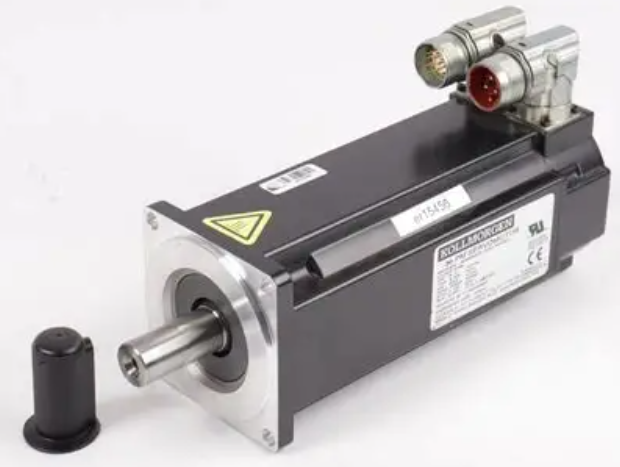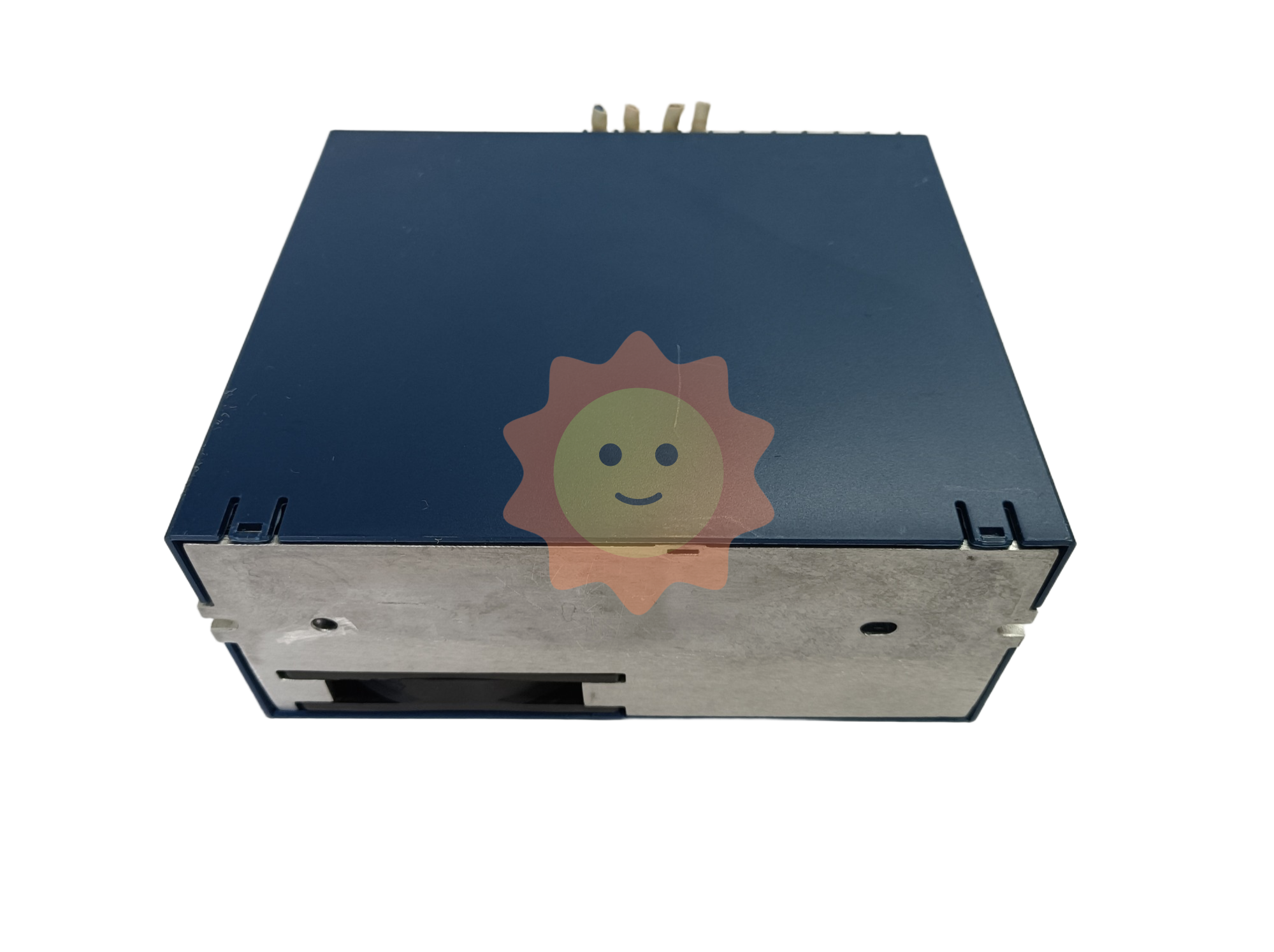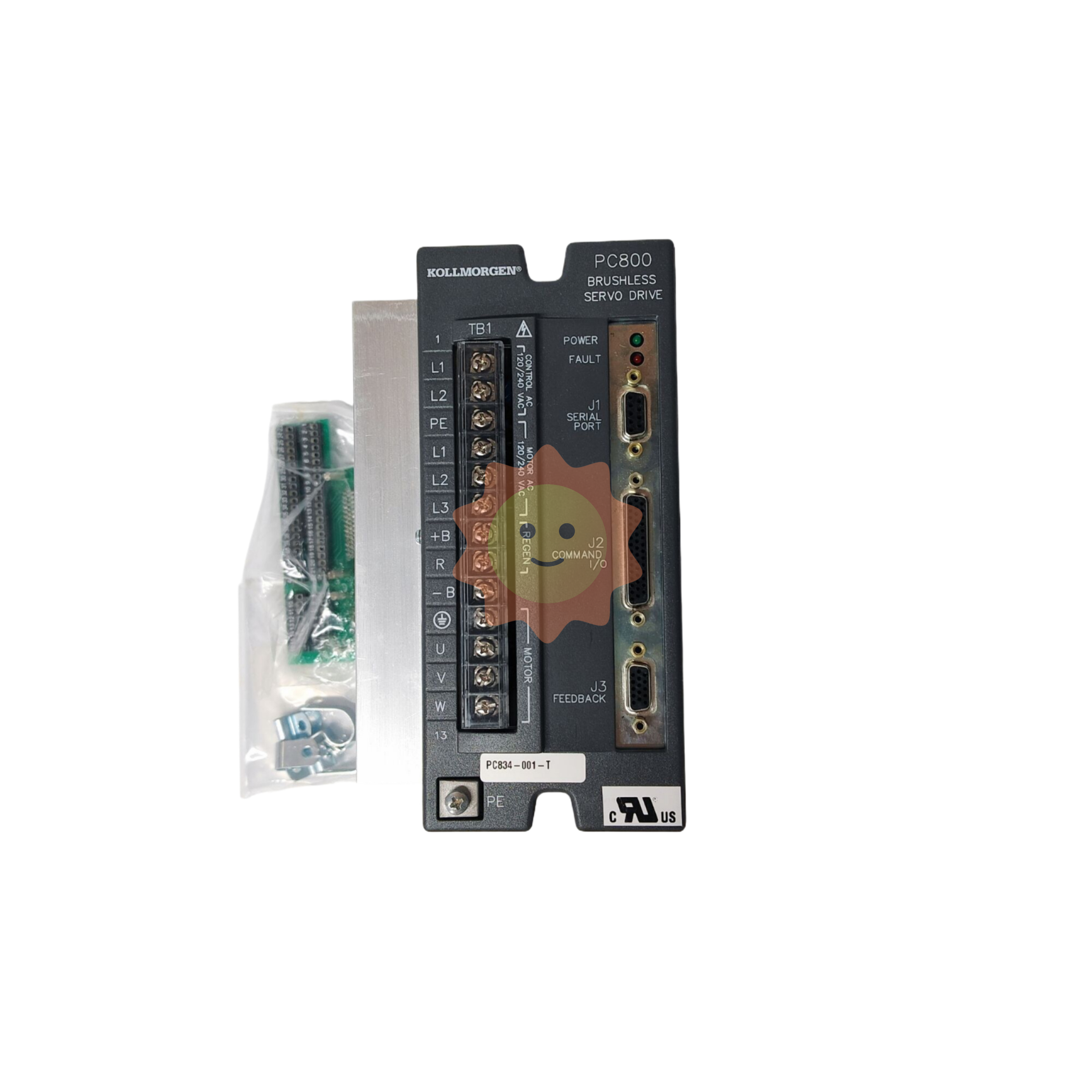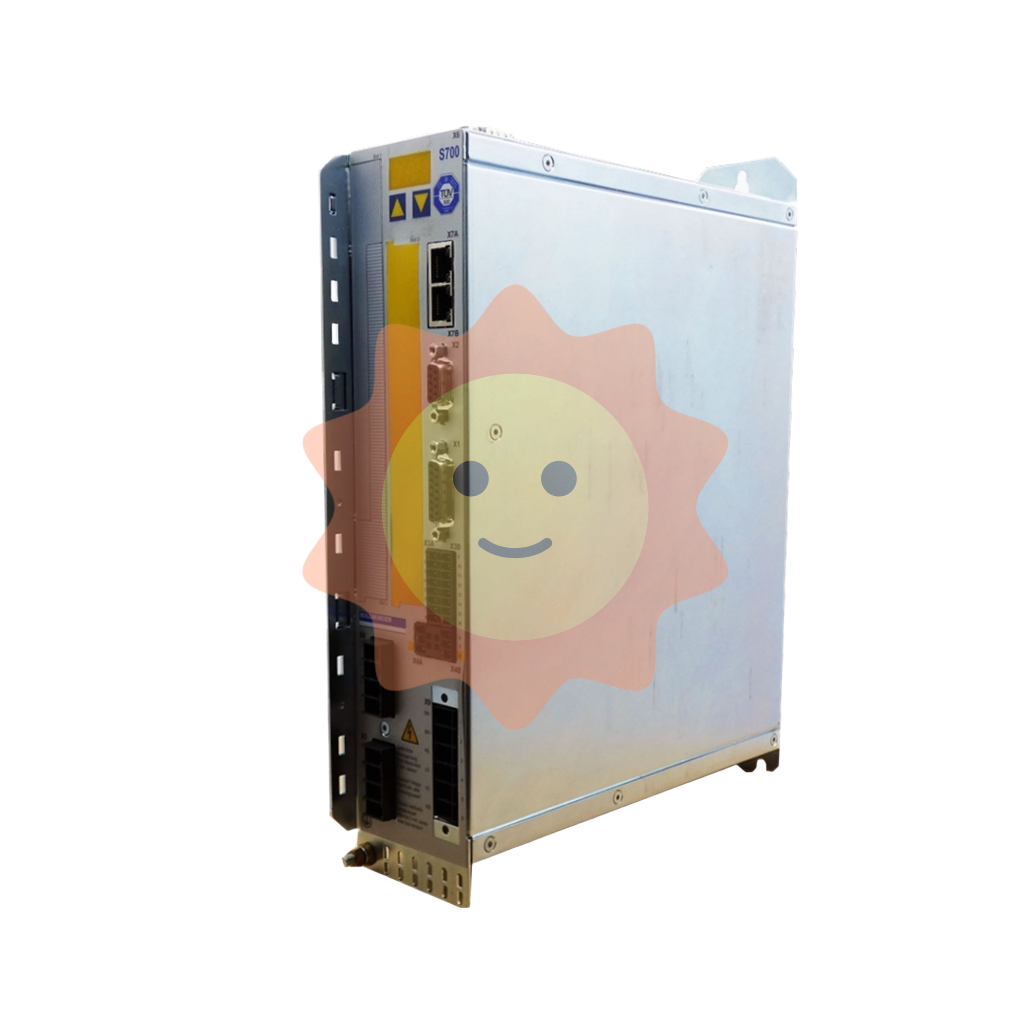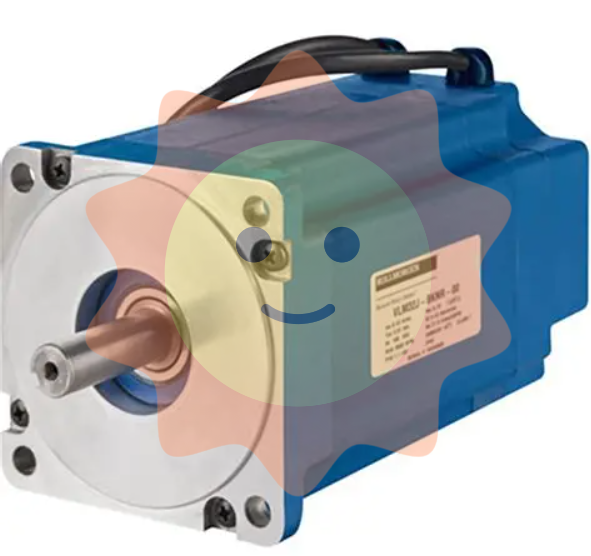Abandoned mines do more harm! Mine ecological restoration, so to operate
What are the hazards of abandoned mines
If the abandoned mine is not properly treated, it will have an important impact on the surrounding environment.
Water pollution
After mine collection, mine closure will lead to the accumulation of a large amount of groundwater in the mine, and the residue in the mine will pollute the water quality, and the polluted water will penetrate into the surface and circulate with each other, resulting in an increasingly large area of water pollution.
Dust pollution
Mining will seriously damage the surrounding vegetation and ecological environment, after the mine abandoned, a large number of gravel, loose slag exposed to the surface, will cause serious dust pollution.
Toxic gas pollution
After the mine is abandoned and closed, the toxic gas in the mine can not be discharged, and the long-term accumulation of toxic gas is more and more. Once there is a crack or collapse, the toxic gas will spread into the air, causing pollution to the surrounding environment and endangering human health.
Landslides and other geological disasters
After mining inside the mine will lead to internal empty, after long-term rain or internal sewage erosion, to a certain extent will cause landslides or landslides, the life safety of the surrounding population has a great threat.

Mine rehabilitation technology
(1) Soil treatment and improvement
Soil treatment and improvement is an important and primary link of ecological environment restoration in mining areas, including the treatment and improvement of soil quality around mining areas, and the treatment and improvement of the performance of tailings and waste ore piles covering the soil. The reason why it is important is that the restoration of vegetation must be based on the premise that the improvement of soil governance has achieved results, otherwise, any plant planted in the soil of the mining area will not grow or grow difficult, and vegetation restoration will become impossible. Soil treatment and improvement can be summarized into three methods: physical methods, chemical methods and biological methods.
Physical improvement: including topsoil transfer and guest soil backfill two kinds. The application of topsoil transfer method is limited, only used in newly opened mines and newly built tailings fields, and now it is widely used in soil remediation work in open iron mines. Another kind of backfill technology is obviously effective, but expensive.
Chemical improvement: The main use of chemical methods, the use of chemical additives to reduce or remove pollutants. Chemical repair technology is used earlier and relatively mature, but special attention should be paid to the use of chemical additives can not produce secondary pollution.
Biological improvement: mainly refers to the use of biological methods, the use of animals, plants and microorganisms to let the pollutants remaining in the soil be absorbed, degraded and transformed, so that the concentration of pollutants is reduced, the soil index is restored to the safe range, or the toxic and harmful pollutants become harmless, or the pollutants are stable and do not spread to the surrounding environment. Its advantage is economic, will not cause re-pollution to the environment, the disadvantage is that the repair time is long, the use of animals, plants, microorganisms are affected by the external environment, the repair effect is unstable.
(2) Vegetation restoration
The restoration of ecosystem should be based on the premise of obtaining the maximum benefit with the least investment and the shortest time, and the restoration of vegetation is no exception. On the basis of research and learning from domestic and foreign experience, the pollution elements should be analyzed first, and then the physicochemical and biochemical properties of soil should be analyzed to find out the soil pH value, soil water content, air permeability, soil nitrogen and soil temperature, etc. Then choose the tree species. In addition, the preliminary study of pollutants and vegetation in mining area shows that different plants have certain adaptability to different pollutants, and these plants are mostly tolerant plants of this kind of pollutants. Therefore, the selection of these plants has to go through a lot of optimization work, which consumes a huge amount of time and energy. The restoration of vegetation is the key and difficult point of ecological environment restoration in mining area. Only when vegetation is restored in mining area can the original mining area landscape be restored.

(3) Joint repair of plants and fungi
Mycorrhiza is a combination of fungal mycelia in soil and vegetative roots of higher plants. A survey of plants in British mining areas found that plants were sparse in mining areas with high metal content, especially heavy metals. Most of the surviving plants are mycorrhizal plants, and the growth is better than that of non-mycorrhizal plants. Mycorrhizas containing a large number of microorganisms are a complex group, including actinomyces, azotobacter and fungi. These fungi have a certain ability to degrade pollution; At the same time, the microecology provided by the mycorrhizal rhizosphere enables the mycorrhizal rhizosphere to maintain a higher microbial population density and physiological activity, thus making the microbial flora more stable. Mycelium extending on the surface of mycorrhiza can greatly increase the absorption area of roots. Most mycorrhiza fungi have strong acid-soluble and enzymolysis capabilities, which can absorb and transfer nutrients for plants, and can synthesize plant hormones to promote plant growth. The activity of mycorrhizal fungi can also improve the rhizosphere microecological environment of plants, enhance the disease resistance of plants, and greatly improve the survival ability of plants under adverse conditions.
- EMERSON
- Honeywell
- CTI
- Rolls-Royce
- General Electric
- Woodward
- Yaskawa
- xYCOM
- Motorola
- Siemens
- Rockwell
- ABB
- B&R
- HIMA
- Construction site
- electricity
- Automobile market
- PLC
- DCS
- Motor drivers
- VSD
- Implications
- cement
- CO2
- CEM
- methane
- Artificial intelligence
- Titanic
- Solar energy
- Hydrogen fuel cell
- Hydrogen and fuel cells
- Hydrogen and oxygen fuel cells
- tyre
- Chemical fiber
- dynamo
- corpuscle
- Pulp and paper
- printing
- fossil
- FANUC
- Food and beverage
- Life science
- Sewage treatment
- Personal care
- electricity
- boats
- infrastructure
- Automobile industry
- metallurgy
- Nuclear power generation
- Geothermal power generation
- Water and wastewater
- Infrastructure construction
- Mine hazard
- steel
- papermaking
- Natural gas industry
- Infrastructure construction
- Power and energy
- Rubber and plastic
- Renewable energy
- pharmacy
- mining
- Plastic industry
- Schneider
- Kongsberg
- NI
- Wind energy
- International petroleum
- International new energy network
- gas
- WATLOW
- ProSoft
- SEW
- wind
- ADVANCED
- Reliance
- YOKOGAWA
- TRICONEX
- FOXBORO
- METSO
- MAN
- Advantest
- ADVANCED
- ALSTOM
- Control Wave
- AB
- AMAT
- STUDER
- KONGSBERG
- MOTOROLA
- DANAHER MOTION
- Bently
- Galil
- EATON
- MOLEX
- Triconex
- DEIF
- B&W
- ZYGO
- Aerotech
- DANFOSS
- KOLLMORGEN
- Beijer
- Endress+Hauser
- MOOG
- KB
- Moxa
- Rexroth


Email:wang@kongjiangauto.com










































































